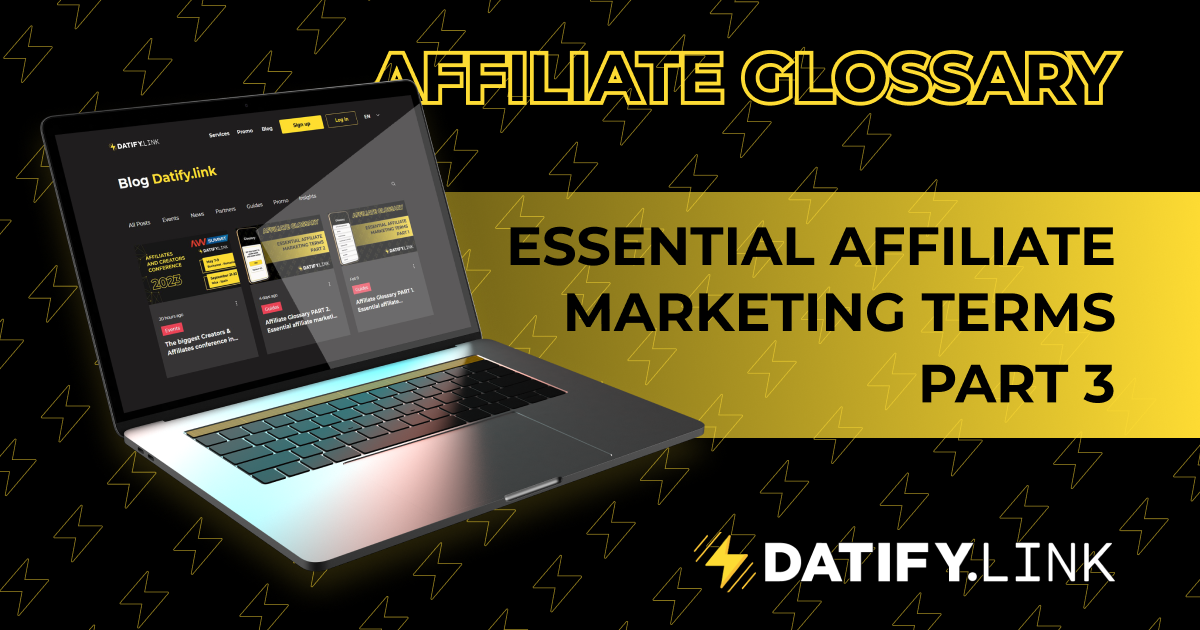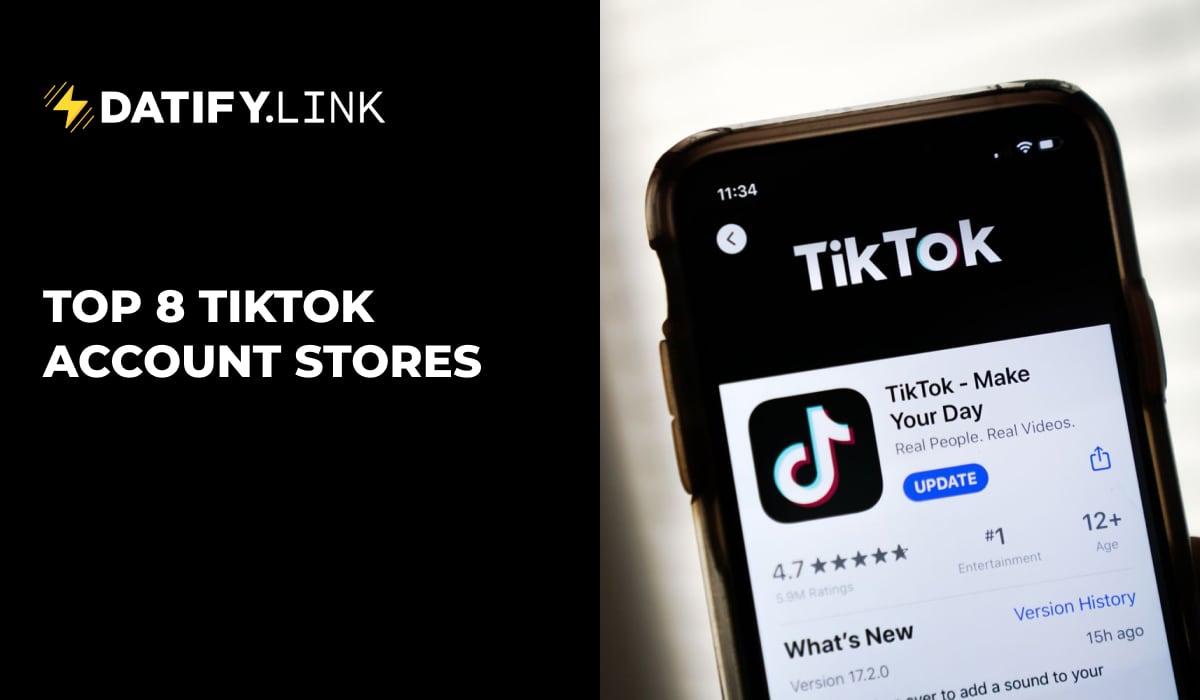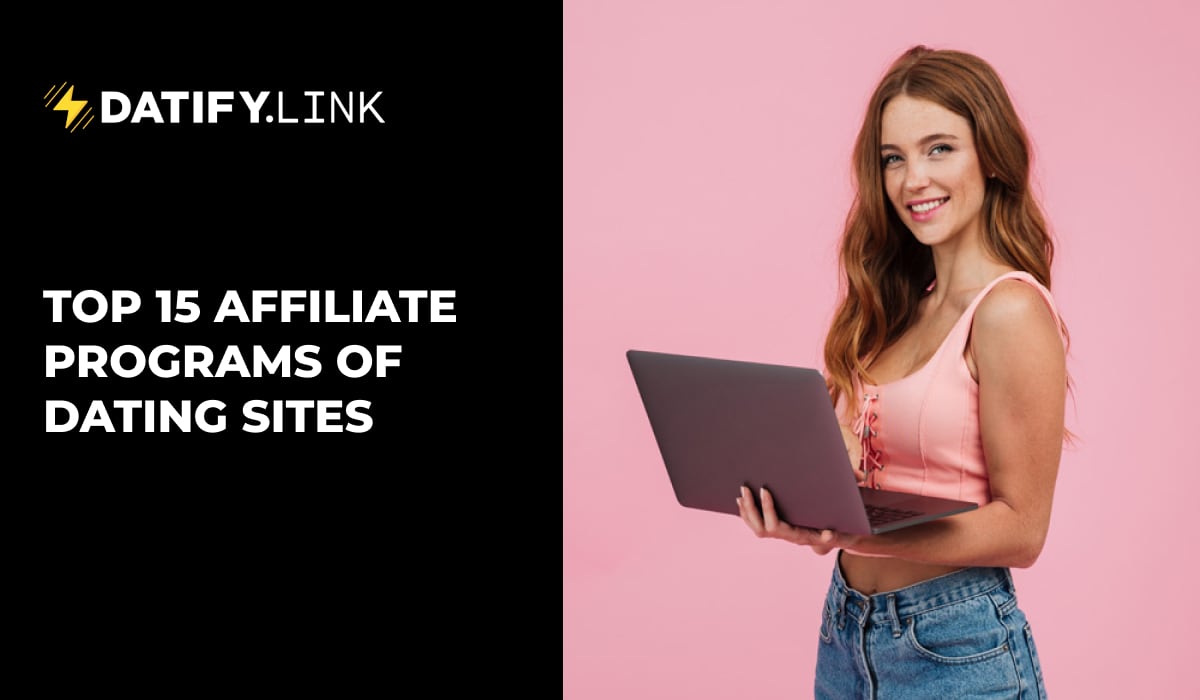Hello! Are you ready to dive further into the world of affiliate marketing terms? If the answer is yes, then let’s go 🚀
Today we will talk about payment models in Affiliate Marketing 🤑
- CPA (Cost per Action): This is a pricing model in which the advertiser pays for a specific action taken by a user, such as a purchase, sign-up, or lead. The cost is determined by the number of actions taken, rather than the number of impressions or clicks.
- CPS (Cost per Sale): This is a pricing model in which the advertiser pays for each sale made as a result of their advertising campaign. The cost is determined by the number of sales made, rather than the number of impressions or clicks.
- CPM (Cost per Thousand Impressions): This is a pricing model in which the advertiser pays for each thousand impressions of their ad. Impressions are defined as the number of times an ad is viewed by a user. This model is often used for brand awareness campaigns, as it focuses on reaching a large audience, regardless of the number of clicks or conversions.
- CPT (Cost per Time): This is a pricing model in which the advertiser pays for a specific amount of time that an ad is viewed or heard by a user. This pricing model can be applied to video, audio, or streaming content, and is a less common pricing model.
- CPC (Cost per Click): This is a pricing model in which the advertiser pays for each click on their ad. The cost is determined by the number of clicks, rather than the number of impressions or conversions.
- CPI (Cost per Install): This is a pricing model in which the advertiser pays for each app install generated by their ad. This pricing model is commonly used for mobile app promotion.
- Rev Share (Revenue Share): This is a pricing model in which the advertiser pays a percentage of the revenue generated by their ad to the publisher or the ad network. This pricing model is often used in affiliate marketing, where the advertiser only pays for the conversions or sales that result from their ad.
- Pay per trial (PPT) is a pricing model where an advertiser pays for each trial of a product or service that is initiated as a result of their advertising campaign. In this model, the advertiser only pays when a user signs up for a free trial of the product or service, and not when the user simply views or clicks on an ad. This model is often used for subscription-based products or services, such as software, streaming services, or online courses, where the goal is to convert users into paying customers. PPT is a way for advertisers to test the effectiveness of their campaigns by only paying for the trials that are generated and can be a cost-effective way to test new products or services.
Let’s move on to traffic sources in Affiliate Marketing 💥
- FB: Facebook. It is a social media platform that allows users to connect with friends and family, share content and information, and participate in various forms of online communities and groups.
- TT: Twitter. It is a social media platform that allows users to share short messages, called tweets, and interact with other users through features such as mentions, hashtags, and direct messages.
- UAC: Universal App Campaign. It is a Google Ads campaign type for promoting mobile apps on Google Play Store and across Google’s network.
- Member area traffic refers to the traffic that comes from users who are logged in and have access to a specific area of a website or application that is restricted to members only.
- Chatters traffic refers to the traffic that comes from users who are actively engaged in online chat sessions or conversations.
- SEO traffic is the traffic that comes from search engines such as Google and Bing. SEO traffic is generated when people search for specific terms in search engines and click on the links to specific websites. SEO traffic is considered to be highly targeted because people who search for specific terms are likely to be interested in the content of the website they visit.
- Free traffic refers to traffic that comes to a website or application without any direct cost to the publisher or advertiser. This type of traffic can come from organic search results, social media shares, and referrals from other websites or apps.
- Email traffic refers to traffic that comes to a website or application as a result of email marketing campaigns or other forms of email-based promotion.
- Spam traffic refers to traffic that comes to a website or application as a result of unsolicited or unwanted email or other forms of promotion. This type of traffic is typically viewed as low-quality and may be filtered or blocked by anti-spam measures.
- In-app traffic refers to traffic that comes from within mobile apps or other types of applications, as opposed to web browsers. In-app traffic can include users who navigate between different screens or sections of an app, as well as those who click on ads or other types of in-app promotions.
In the world of Affiliate Marketing, there are many tools to help you 💎
- Pixel is a small piece of code that is placed on a website or landing page and used to track user behavior and gather data for analysis and optimization.
- Facebook Pixel is a piece of code that can be placed on a website to track user behavior and gather data for analysis and optimization of Facebook advertising campaigns. This data can be used to track conversions, retarget users who have visited the website, and create custom audiences for targeted advertising.
- Google Analytics: tracks website traffic and user behavior for analysis and optimization of Google advertising campaigns.
- Twitter Pixel: tracks website traffic and user behavior for analysis and optimization of Twitter advertising campaigns.
- LinkedIn Pixel: tracks website traffic and user behavior for analysis and optimization of LinkedIn advertising campaigns.
- Instagram Pixel: tracks website traffic and user behavior for analysis and optimization of Instagram advertising campaigns.
- AdWords Pixel: tracks website traffic and user behavior for analysis and optimization of AdWords advertising campaigns.
- Bing Pixel: tracks website traffic and user behavior for analysis and optimization of Bing advertising campaigns.
- Quora Pixel: tracks website traffic and user behavior for analysis and optimization of Quora advertising campaigns.
- Pinterest Tag: tracks website traffic and user behavior for analysis and optimization of Pinterest advertising campaigns.
- Funnel is a marketing concept that refers to the journey a customer takes from becoming aware of a product or service to ultimately making a purchase.
- 3rd party data providers refer to companies or organizations that collect and sell data for use by other companies for analysis or targeted advertising.
- Prelender is a type of landing page that is used to prepare or qualify visitors before they are directed to the main landing page or offer.
Process 📊
- RTB (Real-Time Bidding): a process by which advertisers bid on individual advertising impressions in real time through a programmatic advertising platform.
- API (Application Programming Interface): a set of protocols and tools for building software and applications. An API specifies how software components should interact, allowing different systems to communicate with each other.
- Postback: a server-to-server notification sent by an affiliate network to a publisher or advertiser to confirm that a specific action has occurred, such as a sale or a click on an ad.
- Rotation: refers to the process of rotating or switching between different elements or options, such as ads or landing pages, in order to optimize performance or increase exposure.
- Smart rotation refers to an advanced form of rotation that uses algorithms and data analysis to automatically select and display the most effective elements based on user behavior and other factors.
- Attribution in the context of online advertising, attribution refers to the process of determining which ad or campaign led to a conversion or sale.
- Traffic multiplication is a technique used to increase the volume of traffic to a website or landing page by using multiple channels or sources.
- Additional monetization refers to the process of generating additional revenue from existing traffic or resources.
- Extra monetization refers to the process of generating additional revenue from existing traffic or resources.





